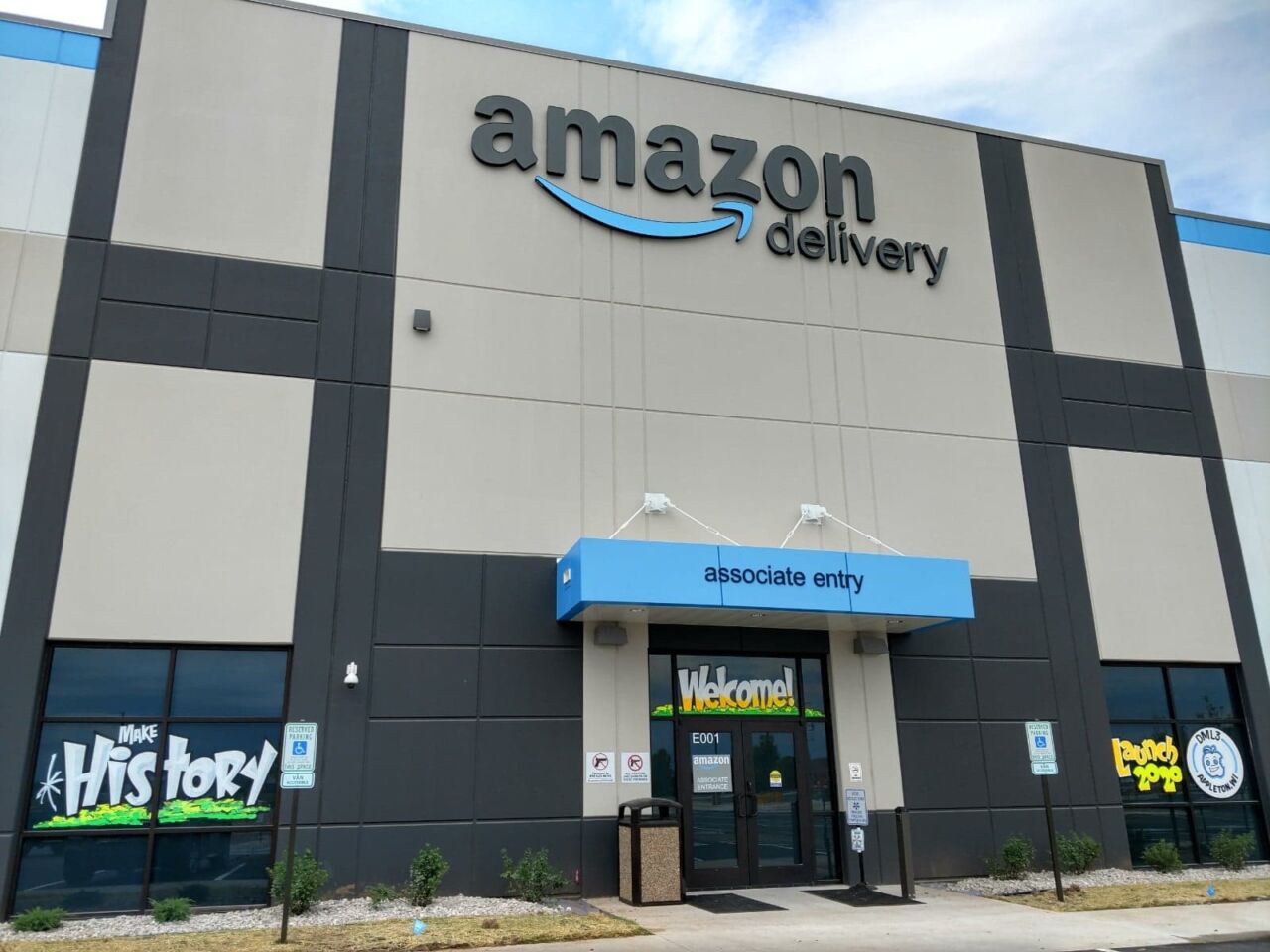National
Amazon used secret algorithm to essentially raise prices on other sites, the FTC says

Amazon used a secret algorithm to essentially help raise prices on other online sites and also “destroyed” internal communications as the Federal Trade Commission undertook an antitrust investigation against it, according to newly unredacted portions of the agency’s lawsuit.
The new excerpts unveiled Thursday allege executives at the e-commerce giant intentionally deleted communication by using a feature on the popular app Signal that makes messages disappear. By doing this, the FTC said Amazon “destroyed more than two years” worth of communications from June 2019 to “at least early 2022” despite instructions it gave Amazon not to do so.
In a prepared statement Amazon spokesperson Tim Doyle called the FTC’s claim “baseless and irresponsible.”
“Amazon voluntarily disclosed employee Signal use to the FTC, painstakingly collected Signal conversations from its employees’ phones, and allowed agency staff to inspect those conversations even when they had nothing to do with the FTC’s investigation,” Doyle said.
The FTC and 17 states sued Amazon in September alleging the company was abusing its position in the marketplace to inflate prices on and off its platform, overcharge sellers and stifle competition. Amazon is accused of violating federal and state antitrust laws, but the company has responded with a full-throated defense of its business practices.
The antitrust case is the most aggressive move the government has taken to tame the market power of Seattle-based Amazon and comes as the FTC has been taking big swings against tech companies.
The unredacted excerpts of the lawsuit disclosed on Thursday provided more details on a talked-about algorithm, which was previously reported by The Wall Street Journal and former Vox reporter Jason Del Ray.
The FTC’s excerpts say the tool — codenamed “Project Nessie” — has been used by Amazon to pinpoint products that will allow it to rake in more cash. The company used it to predict where it can raise prices and have other shopping sites follow suit. Amazon activated the algorithm to raise prices on some products, and when others followed its lead, it kept the elevated prices in place, the agency said. Using Nessie has generated more than $1 billion in excess profits for Amazon, according to the FTC.
The agency said Amazon deployed Project Nessie in 2014 and has turned it on and off at least eight times between 2015 and 2019.
Regulators said though Amazon claims the algorithm is “currently paused,” the company has thought about running experiments in 2020 and 2021 to improve its effectiveness.
Doyle, of Amazon, called Nessie an “old” pricing algorithm that’s being “grossly” mischaracterized by the agency. He said Nessie was used to stop Amazon’s “price matching from resulting in unusual outcomes where prices became so low that they were unsustainable.” And that Amazon scrapped it several years ago because it didn’t work as intended.
The unredacted portions of the lawsuit also shed more light on Amazon’s advertising business.
The agency claimed then-CEO Jeff Bezos instructed executives to accept more junk ads — internally called “defects” — because the company could earn more money through increased advertising despite their presence being a headache for consumers. Amazon called the claims “grossly misleading and taken out of context.”
Meanwhile, another unredacted portion of the lawsuit provided more details on the government’s allegations that Amazon is essentially compelling sellers to use its logistics service called Fulfillment by Amazon, or FBA.
The agency said in early 2019, the company turned against a program that allows sellers to display a Prime badge on their listings without using FBA when it learned other fulfillment providers were advertising their services to sellers. Amazon suspended enrollment in the program a few years ago, saying it wasn’t delivering the same high-quality experience customers expect from Prime. But the agency said in 2018, sellers enrolled in the program had met a “delivery estimate” requirement set by Amazon more than 95% of the time.
NetChoice, an industry group backed by Amazon, said Thursday the FTC was being misleading and the delivery estimates noted in the complaint were set by sellers, not Amazon. Doyle, of Amazon, also said in 2018, sellers using the program were “promising deliveries within two days less than 16% of the time—far worse than the performance of sellers using Fulfillment by Amazon.”
The company reopened enrollment into the program a few months ago, while under the glare of regulators.

